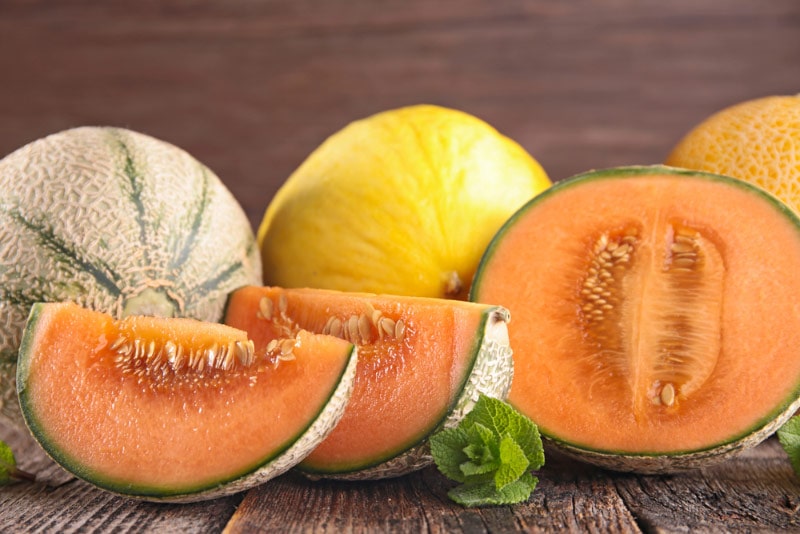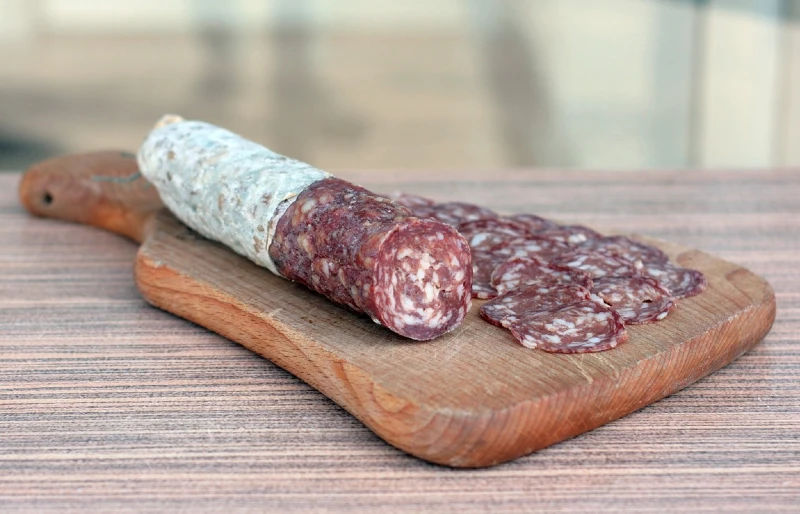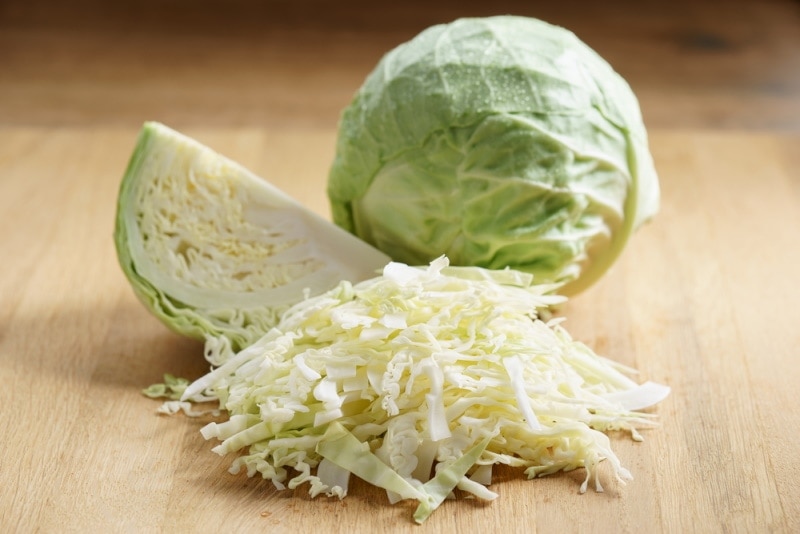Can Hamsters Eat Melon? Vet Approved Facts & Safety Guide
Updated on

Caring for pocket pets, such as hamsters, provides an excellent way for you to teach children about the responsibility of taking care of an animal. That includes feeding them a nutritious diet. The hamster’s wild counterparts are omnivores, a trait our pets have retained. You probably already feed your hamster a commercial diet formulated for these animals, but you may wonder if you can offer your pet other foods, like melon.
Melons of all types are safe to give to your hamster, but they should only be given as special treats and not on a daily basis. Your hamster will no doubt delight in these tasty fruits, but too much of that sugary goodness is a recipe for trouble.
The Hamster Diet

Our pets can all trace their ancestry back to the Syrian, or golden hamster captured from the wild in the 1970s. These animals eat various foods, including nuts, grains, seeds, and insects. The environment in which they live is arid, making vegetation less plentiful. Therefore, they’ll take what they can find to survive. Hamsters are also hoarders that take advantage of food availability, storing for times in need.
Over time, wild hamsters also began to take advantage of the resources provided by agriculture. Wild populations are increasingly relying on agricultural crops for food. Their diet is now supplemented with vegetables, lentils, and wheat. We are certain that if a wild hamster gained access to a ready supply of juicy fruits, they would not be able to resist these treats as well.
As pets, the majority of your hamster’s ideal diet should consist of a commercial food made specifically for this species. This food represents the range of nutrients that their wild counterparts obtain from eating a wide variety of ingredients. In addition to this food, you can offer a range of additional menu items to keep life a little more interesting for your pet, and allow you to strengthen the bond between you.
Fresh leafy greens, vegetables, and fruits are great ways to offer your hamster some variety, as are animal proteins like mealworms, crickets, or small pieces of cooked chicken. Melon is a perfect fruit to include in your list of treats.
Nutritional Value of Melon
This is a bit tricky, as there are quite a few different varieties of melon, including honeydew, watermelon, and cantaloupe. One thing they all have in common is that they are around 90% water. The remaining 10% is largely made up of sugars. Melons do contain some valuable vitamins and minerals, but not in significant amounts.
So what does this mean for hamsters? Melons are juicy, sweet, and delicious. They will be gratefully accepted on a warm day, and can be a tasty way to boost your hammy’s water intake. However, their high sugar content means that we need to limit the amount we offer our hamster, as they are a species already predisposed to weight gain, obesity, and diabetes.
However, fruits are still a healthier treat option for hamsters than fatty foods.

Tips for Feeding Melon
We know that we need to be careful when it comes to feeding our hamsters too much sugar, but what other factors do we need to consider?
Hamsters have quite sensitive digestive systems, and sudden changes can cause diarrhea, which can progress to a potentially fatal condition known as wet tail. For this reason, any new food should always be introduced to your hamster slowly and carefully. Tiny pieces, around the size of a fingernail, are ideal starting portions. If there are no adverse effects after a few servings of this size, you can safely introduce the new food into their regular rotation of foods.
Treats like fruit should never exceed more than 10% of your hamster’s diet, and a 1 inch cube would be plenty. If you have any doubts about how much your hamster should be eating, or whether they are of a healthy weight, a check up with your vet is always a great idea.
Be sure to remove the rind and seeds of the melon, as these could cause choking.
Final Thoughts
As a species that has adapted to eating a wide range of foods, your hamster will likely enjoy snacking on some juicy melon. They are a great treat on a hot day, but being mostly water and sugar, are not something to be offering them too regularly.
Remember, despite their dietary versatility, hamsters have sensitive digestive systems, so always take care when introducing a new food, especially one of the treat variety. Just like us, hamsters will love diving into some sweet fruit, so we must be careful not to allow them to overindulge. Remember to maintain them on a healthy commercial pellet food, and enjoy curating a menu of different fresh ingredients to include in their diet.
Featured Image Credit: Arina P Habich, Shutterstock











